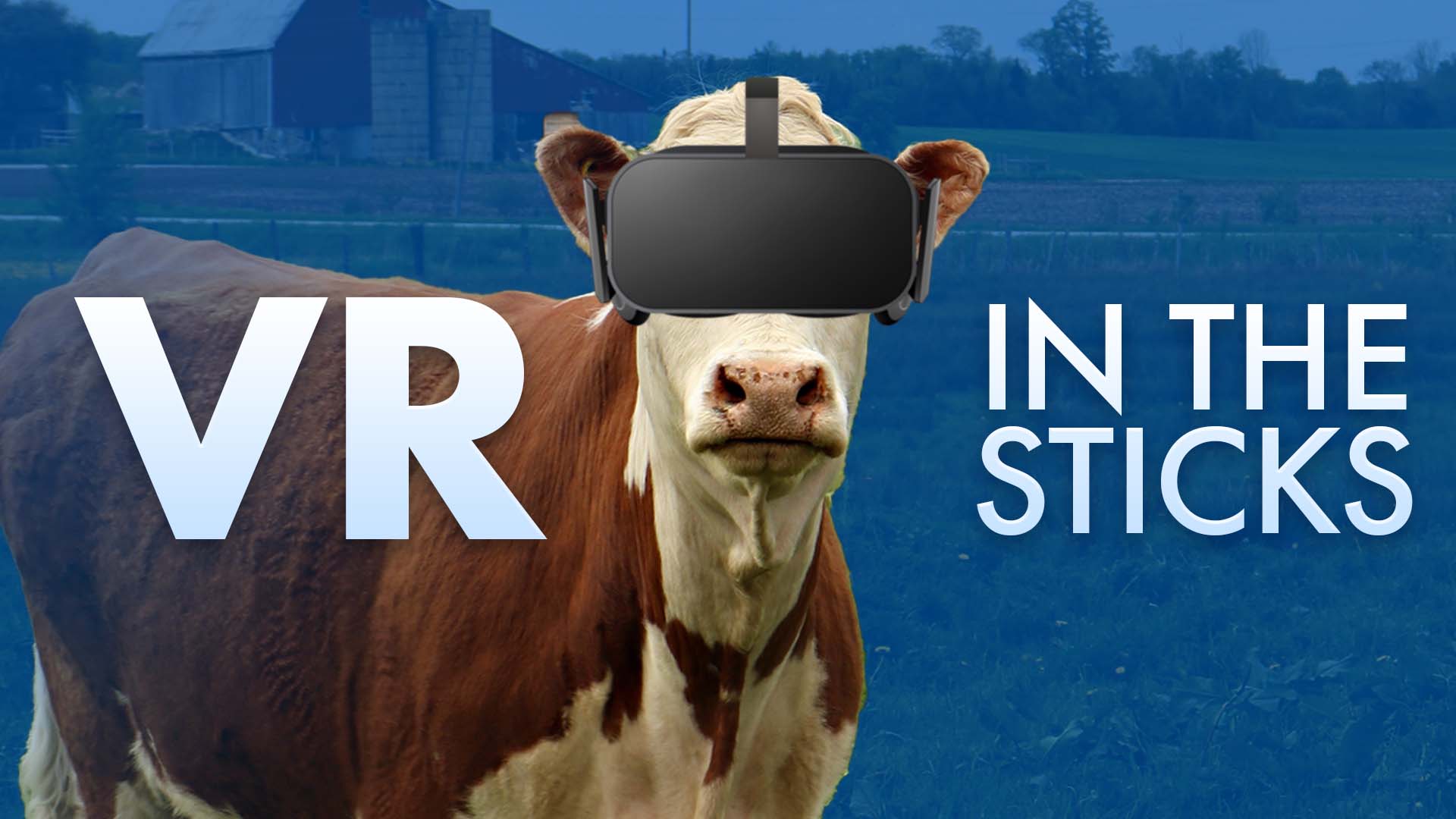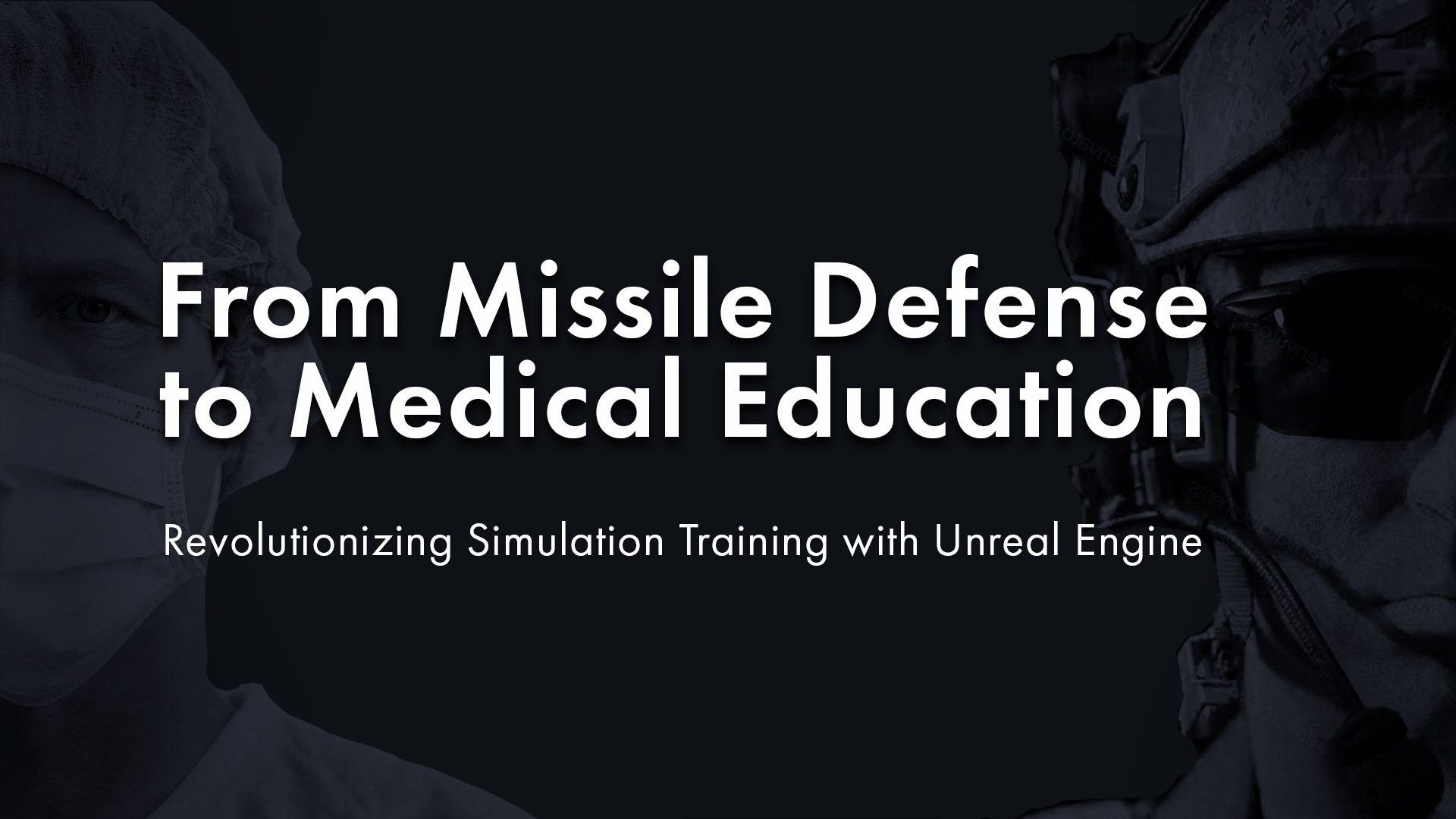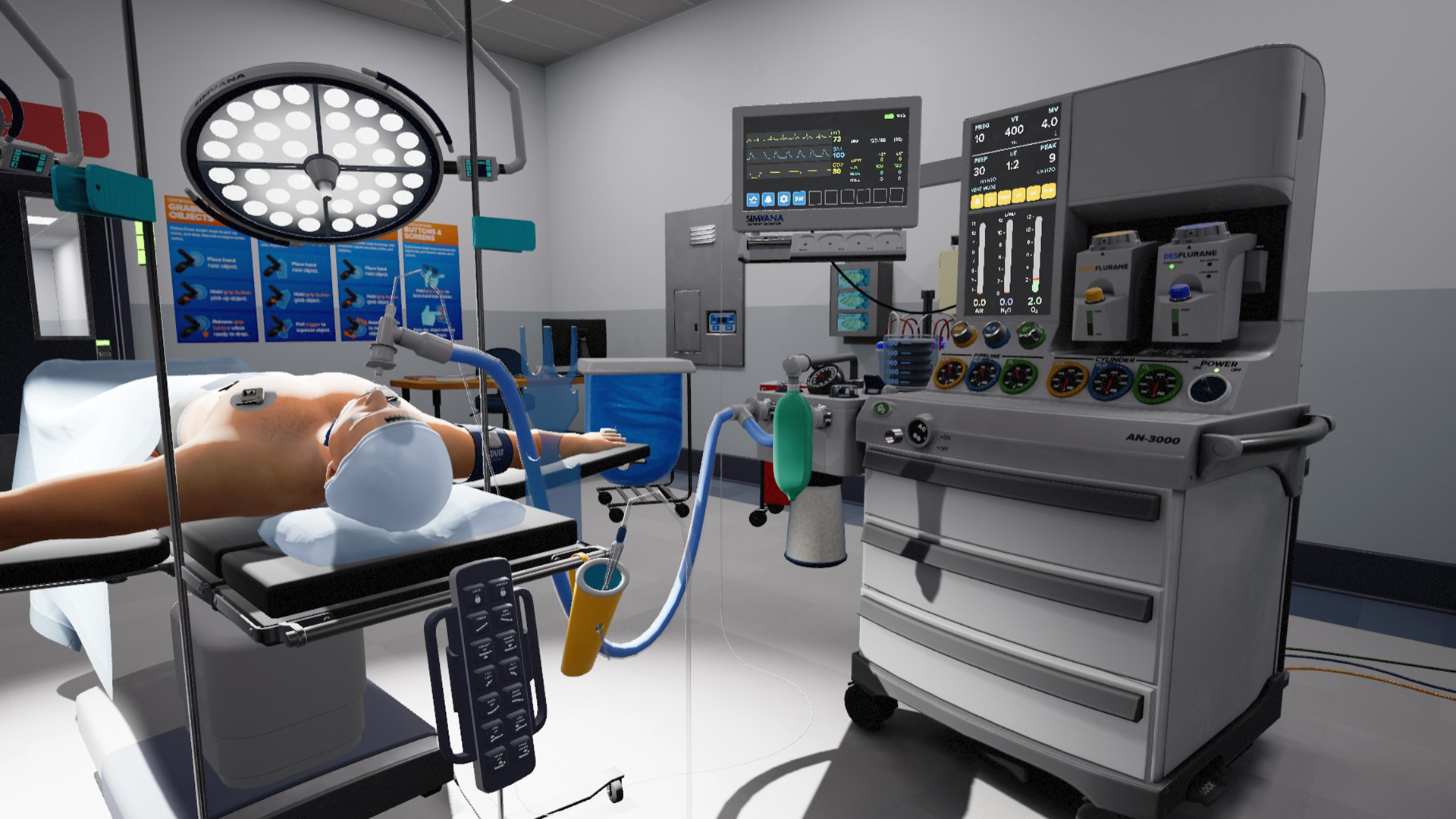VR in the sticks

While in graduate school in the 1990’s, I enrolled in an initiative called the Rural Health Scholar’s Program in which the state paid for part of my tuition and, in turn, I agreed to work in a rural area for at least three years. Upon graduation, I began working at a small, 75-bed hospital in Alabama. In addition to providing community healthcare to the surrounding area, the facility cared for acute illnesses, performed surgeries, and delivered babies. Like all other rural hospitals, it also performed the crucial function of stabilizing trauma and acute cardiac patients who could not afford to have their care delayed for the 90-minute ambulance ride to a larger hospital.
The economics of a Rural Hospital
During my tenure there, I gained a unique insight into the economics of a rural hospital. When I started as a staff nurse in the ICU, I was immersed in a culture of healthcare frugality. Resource committees ensured that we wasted as little as possible while encouraging us to submit ideas that would contribute to the efficiency of the hospital. When I transitioned to an administrative role, I saw why that culture had developed. I discovered that insurance reimbursements for the services provided were insufficient to maintain hospital operations. The CEO of the hospital was in continual pursuit of federal and state grants, charitable donations, and even municipal grants to keep the doors open. To exemplify the severity of the situation, a recent report showed that as many of 30 of Alabama’s 46 rural hospitals may be forced to close due to financial problems (Collins, 2021). One of the reasons rural hospitals struggle financially compared to their larger counterparts is the lower population density in rural areas. Rural facilities can’t afford to invest in the development of higher reimbursement services like outpatient surgery centers because they don’t have a large enough patient population to make them profitable. In addition, household income levels in many rural areas are significantly lower. For example, the median household income in rural counties in Alabama is less than half that in the most populous areas where the large hospitals are centered (Wikimedia, 2021). These lower income levels translate to a higher proportion of patients on Medicare, which reimburses approximately half as much as private insurance for the same services (Lopez & Neuman, 2020).
Preparing for the Unexpected
Although undergoing anesthesia in the United States is considered to be extremely safe, unexpected complications can and do occur. For example, the incidence of malignant hyperthermia (a potentially fatal allergic reaction to anesthesia) is 1 in 40000, the incidence of anaphylactic allergic reaction during anesthesia is 1 in 10000, and the risk of cardiac arrest is about 1 in 5500 (Harris, 2013). These statistics appear to be reassuringly rare for the individual patient or anesthesia practitioner, but with 40 million anesthetics being administered per year in the United States, it becomes evident that these events are occurring somewhere in our country on a daily basis (Texas Society of Anesthesiologists, 2022). It is upon reflection of this data that we realize that the rarity of these circumstances are ironically a component of their potential lethality. We do not have to remind ourselves how to handle a situation we face weekly, monthly, or even yearly. But, if we only encounter an event once or twice in our career, we may not identify and respond to the issue appropriately or intervene quickly enough to prevent patient injury. This is not the fault of the healthcare provider. It is the nature of human memory. What we don’t ‘use’, we ‘lose’. We must continually practice skills in order to maintain them.
The Current Solution is Fantastic…If You Can Afford It
The risks of the ‘use it or lose it’ concept was recognized by large hospitals and universities years ago. They adopted high-fidelity simulation using sophisticated mannequins to replicate these rare scenarios and allow anesthesia providers to practice and maintain their skills. The problem with this solution is the expense. A single mannequin can cost upwards of $100,000 and requires trained staff to implement the simulations and control the software that emulates the patient’s physiology. In addition, it requires spare anesthesia machines, a realistic environment in which to perform the simulation, and other medical supplies required to replicate the scenario. It is not unheard of for large hospitals to invest tens of millions of dollars to create a simulation center. Obviously, the sheer expense of this form of training places it well out of the reach of rural healthcare facilities.
Disparities in Funding Could Mean Disparities in Care
The fact that rural hospitals lack the financial resources to develop ongoing simulation training for their staff does nothing to decrease the risk of encountering an unexpected anesthetic complication. Thus, this disparity in access to hands-on simulation training for rural anesthesia providers can potentially translate into a disparity in the quality of care for rural citizens when a complication occurs.
An Alternative Solution
SIMVANA is an immersive virtual reality anesthesia training environment that replicates a 400 square foot operating room containing hundreds of thousands of dollars of equipment, a fully physics-based anesthesia machine, industrial facilities such as piped oxygen, nitrous oxide, medical air, and vacuum systems, and even a virtual patient that responds in a physiologically accurate way to interventions by the user. Because the simulator runs autonomously, no additional support personnel are required. With the click of a button, an operating room sent into complete disarray during a simulation is clean, ordered, and ready for the next trainee. The disparity in access to adequate anesthesia simulation training is a serious problem for rural America. However, the disparity in access to adequately trained anesthesia providers for rural citizens could be catastrophic. These are the problems SIMVANA will help solve. There is much to be done, but we are well on our way.
Collins, A. (n.d.). Rural hospitals in Alabama struggling to survive. https://www.wsfa.com. Retrieved February 9, 2022, from https://www.wsfa.com/2021/09/28/rural-hospitals-alabama-struggling-survive/#:~:text=BIRMINGHAM%2C%20Ala.,in%20the%20 state's%20rural%20community
Harris, M., & Chung, F. (2013). Complications of general anesthesia. Clinics in plastic surgery, 40(4), 503–513.
Lopez, E., & Neuman, T. (2020, May 1). How much more than Medicare do private insurers pay? A review of the literature. KFF. Retrieved February 9, 2022, from https://www.kff.org/medicare/issue-brief/how-much-more-than-medicare-do-private-insurers-pay-a-review-of-the-literature/
The role of the anesthesiologist. Texas Society of Anesthesiologists. (n.d.). Retrieved February 9, 2022, from https://tsa.org/public/anesthesiologist_role.php
Wikimedia Foundation. (2021, June 20). List of Alabama locations by per capita income. Wikipedia. Retrieved February 9, 2022, from https://en.wikipedia.org/wiki/List_of_Alabama_locations_by_per_capita_income


